

- RFQ
- BOM
-
Contact Us
Tel: +86-0755-83501315
Email: sales@sic-components.com
- Chinese
- English
- French
- German
- Portuguese
- Spanish
- Russian
- Japanese
- Korean
- Arabic
- Irish
- Greek
- Turkish
- Italian
- Danish
- Romanian
- Indonesian
- Czech
- Afrikaans
- Swedish
- Polish
- Basque
- Catalan
- Esperanto
- Hindi
- Lao
- Albanian
- Amharic
- Armenian
- Azerbaijani
- Belarusian
- Bengali
- Bosnian
- Bulgarian
- Cebuano
- Chichewa
- Corsican
- Croatian
- Dutch
- Estonian
- Filipino
- Finnish
- Frisian
- Galician
- Georgian
- Gujarati
- Haitian
- Hausa
- Hawaiian
- Hebrew
- Hmong
- Hungarian
- Icelandic
- Igbo
- Javanese
- Kannada
- Kazakh
- Khmer
- Kurdish
- Kyrgyz
- Latin
- Latvian
- Lithuanian
- Luxembou..
- Macedonian
- Malagasy
- Malay
- Malayalam
- Maltese
- Maori
- Marathi
- Mongolian
- Burmese
- Nepali
- Norwegian
- Pashto
- Persian
- Punjabi
- Serbian
- Sesotho
- Sinhala
- Slovak
- Slovenian
- Somali
- Samoan
- Scots Gaelic
- Shona
- Sindhi
- Sundanese
- Swahili
- Tajik
- Tamil
- Telugu
- Thai
- Ukrainian
- Urdu
- Uzbek
- Vietnamese
- Welsh
- Xhosa
- Yiddish
- Yoruba
- Zulu
- Kinyarwanda
- Tatar
- Oriya
- Turkmen
- Uyghur
Teach You Step by Step How to Search for Alternative Electronic Components
In the rapidly evolving world of electronics, the ability to find alternative electronic components is of utmost importance for engineers, designers, and manufacturers. Whether you are dealing with component obsolescence, supply chain disruptions, cost control needs, or design optimization goals, a systematic approach to component replacement is crucial. This article will guide you through the entire process step by step, covering the reasons for seeking alternatives, key considerations, and practical methods to ensure that you find the best alternative components.
Step 1: Understand the Reasons for Seeking Alternative Components
Component Obsolescence
The electronics industry is driven by rapid technological advancements. With the emergence of new manufacturing technologies and cutting-edge technologies, older components quickly become obsolete. For instance, older-generation microprocessors may struggle to meet the requirements of modern applications in terms of processing speed, power efficiency, and advanced functions. When a component reaches the end of its lifecycle, manufacturers stop production, leaving you with no choice but to find alternatives to maintain the functionality of your electronic systems.
Supply Chain Disruptions
The supply chain of the electronics industry is vulnerable to various disruptions. Natural disasters, geopolitical conflicts, and global health crises like the COVID-19 pandemic can all severely impact the supply of key components. A factory fire in a major manufacturing hub, an earthquake causing production interruptions, or trade embargoes can rapidly deplete the inventory of critical components such as semiconductors. In such situations, sourcing alternative components from different suppliers or manufacturers is essential to ensure the smooth running of production and projects.
Cost-Effectiveness
Cost is a significant factor in electronics manufacturing. Fluctuations in raw material prices, changes in manufacturing processes, or currency exchange rate fluctuations can all lead to an increase in component prices. Finding a more cost-effective alternative without sacrificing performance can significantly improve the profit margin of a product. Small electronics enterprises, in particular, rely on cost-effective component alternatives to maintain their competitiveness in the market.
Design Optimization
Sometimes, you may want to improve the performance, reduce the size, or lower the power consumption of an existing design. Components with better electrical characteristics, a more compact form factor, or lower power consumption may be ideal alternatives. For example, replacing a large electrolytic capacitor with a smaller and more efficient ceramic capacitor can not only reduce the size of the circuit board but also enhance its overall performance.
Step 2: Key Considerations When Searching for Alternative Components
Electrical Specifications
When choosing an alternative component, the most critical aspect is to ensure that its electrical specifications closely match those of the original component. This includes parameters such as rated voltage, current handling capacity, capacitance, resistance, and frequency response. Even a minor mismatch can lead to circuit failures. For example, using a capacitor with an insufficient rated voltage may cause it to be damaged and may also damage other components in the circuit.
Mechanical Dimensions and Packaging
The physical dimensions and packaging of the alternative component must be compatible with your existing circuit design. If the component is too large, it cannot be installed on the printed circuit board (PCB). Additionally, the pinout configuration and mounting method should match to achieve seamless integration. A component with a different pinout may require significant changes to the PCB layout, increasing the complexity and cost of the design.
Reliability and Quality
Reliability is of great importance, especially in applications where system failures can have severe consequences, such as in medical devices or aerospace electronics. The reliability rating of the alternative component should be equal to or better than that of the original component. You can evaluate this by looking at factors such as the component's failure rate, operating temperature range, and environmental tolerance. Quality certifications, such as ISO 9001 or AEC-Q100 (for automotive applications), can serve as indicators of a component's reliability.
Compatibility with Other Components
The alternative component must be fully compatible with other components in the circuit. This includes electrical compatibility (such as impedance matching) and signal compatibility. For example, if a component is part of a high-speed data transmission circuit, the alternative component should be able to handle the same data rate without causing signal attenuation.
Lifecycle and Availability
Ensuring the long-term availability of the alternative component is crucial. Choosing a component that is near the end of its lifecycle may lead to future replacement issues. Communicating with the manufacturer or supplier and inquiring about the component's production roadmap and expected lifespan can help you avoid such problems.
Step 3: Adopt Effective Methods to Find the Best Alternative Components
After completing the above two steps, we can clearly define our needs and directions for finding alternative electronic components. This can help us find our desired replacement electronic components more quickly and accurately.
Next, based on our own needs, we can use the following effective steps to search for and screen suitable electronic components!
Use Component Search Engines
The quickest way to find the best replacement components is through an agent like sic-components.com. Here, you can search by part number to find exact replacements or equivalent products with similar functions. sic-components has access to tens of millions of inventory items, helping you find the required electronic components at the lowest cost and with the shortest lead time. Give priority to direct replacements as much as possible. If you can't find one, consider components with functional equivalence. Select components and compare them based on their attributes, such as the Manufacturer Part Number (MPN), product line name, manufacturer name, and specifications.
Consult Manufacturer and Distributor Resources
If you can't find the exact part you need, or you're not sure if it's the right replacement, we recommend contacting an electronic component agent like SIC. You can also consult your distributor to see if they already offer alternative products in their supply chain. Then, you can make comparisons based on these products and choose the best option for your product.
Engage in the Electronics Community
Participating in electronics forums, discussion groups, and professional networks is an excellent way to obtain recommendations and advice on alternative components. Other engineers and designers who have faced similar challenges can share their experiences and solutions. Platforms such as Reddit's r/electronics, engineering.com, and IEEE Xplore provide excellent opportunities for knowledge sharing and communication.
Conduct Thorough Testing
Once potential alternative components are identified, thorough testing is essential. This includes bench testing the component alone and testing it within the complete circuit. Performance tests, such as measuring electrical parameters, signal integrity, and power consumption, should be carried out to ensure that the alternative component meets your design requirements.
In conclusion, finding suitable alternative electronic components requires a step-by-step approach. By understanding the reasons for seeking alternatives, carefully considering key factors, and using effective search methods, you can ensure the success of your electronic projects, whether it is maintaining production, improving performance, or reducing costs. Trust that our high-quality electronic components can provide excellent performance and reliability, and take your electronic projects to a new level!
https://www.sic-components.com/integrated-circuits-ics

Hot Products
View MoreRelated Blogs

2000+
Daily average RFQ Volume

30,000,000
Standard Product Unit

2800+
Worldwide Manufacturers

15,000 m2
In-stock Warehouse





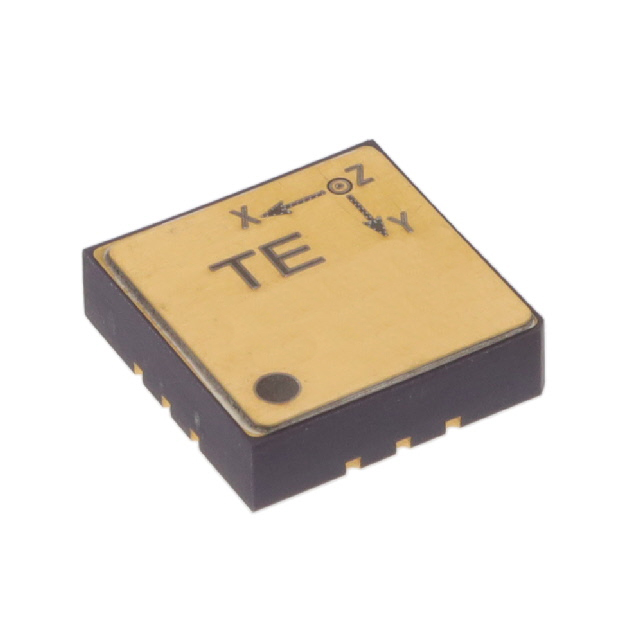
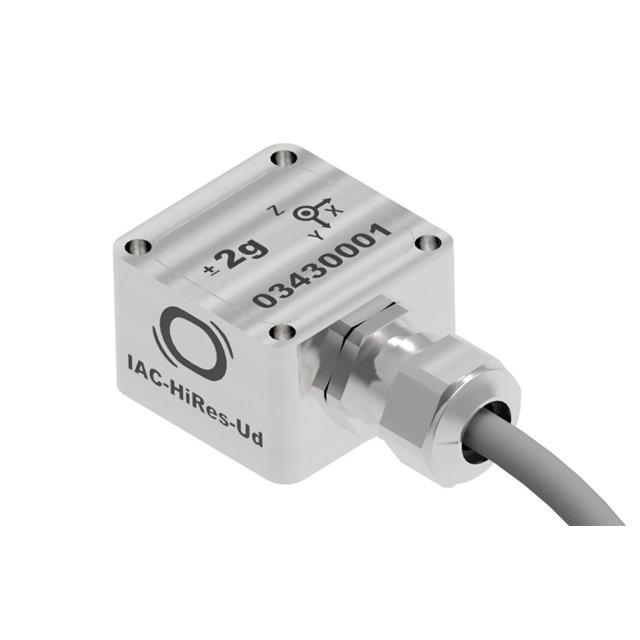
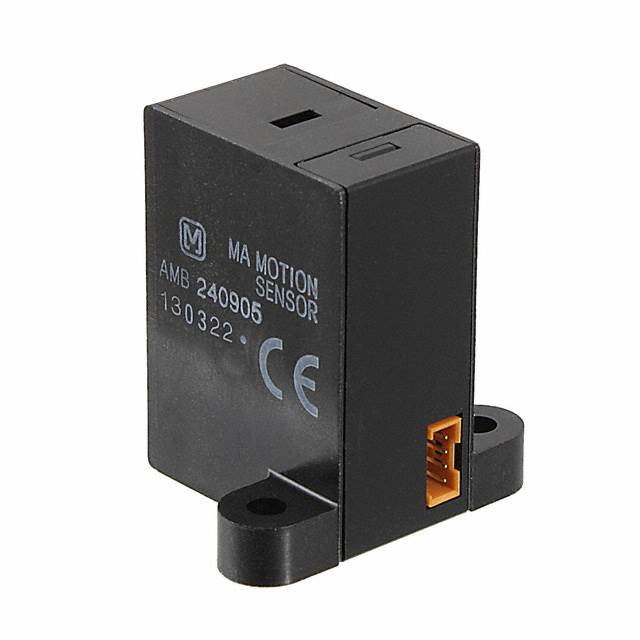
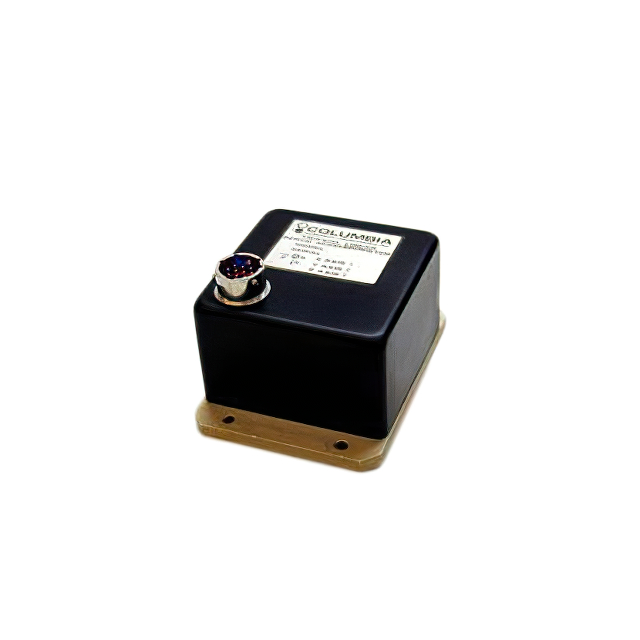
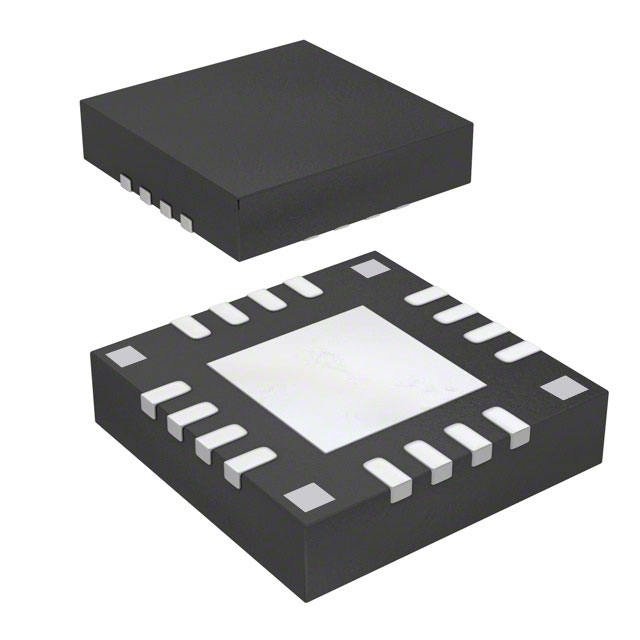


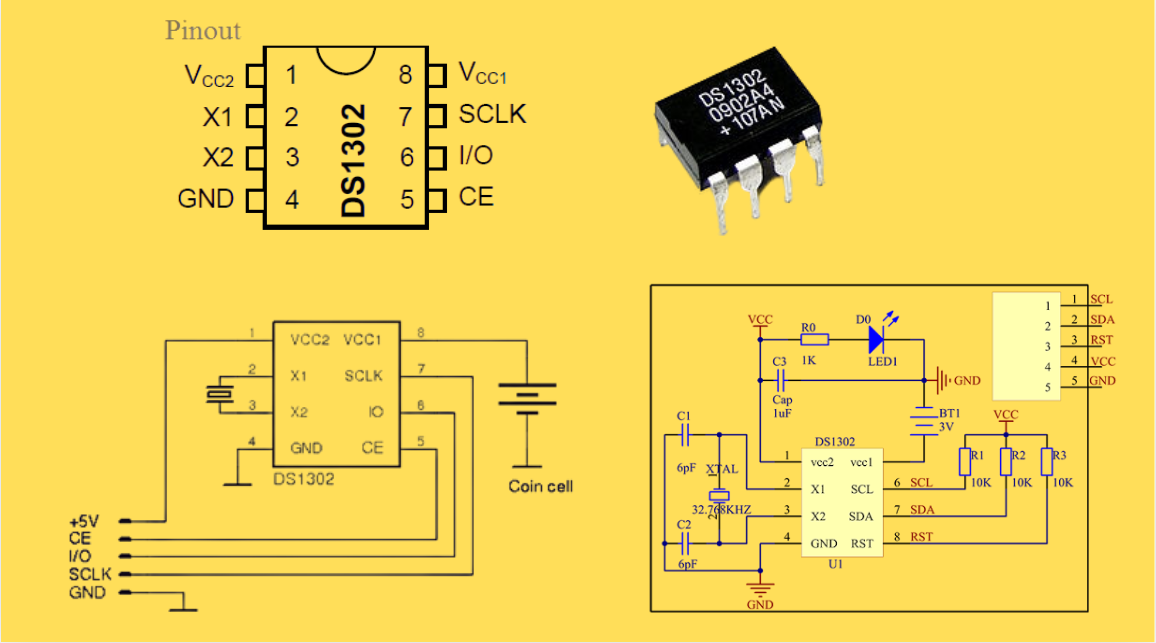
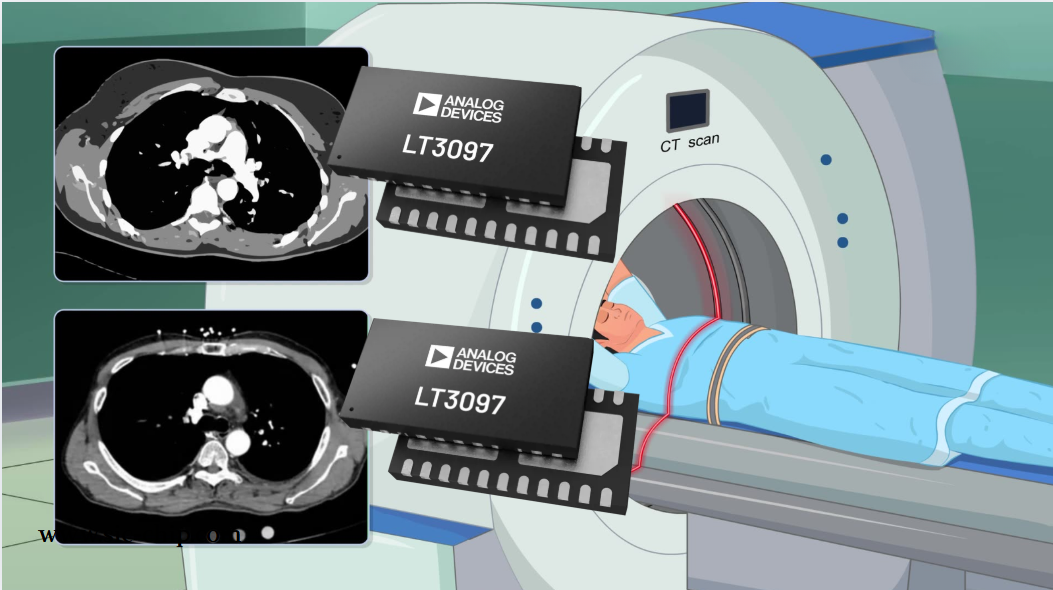
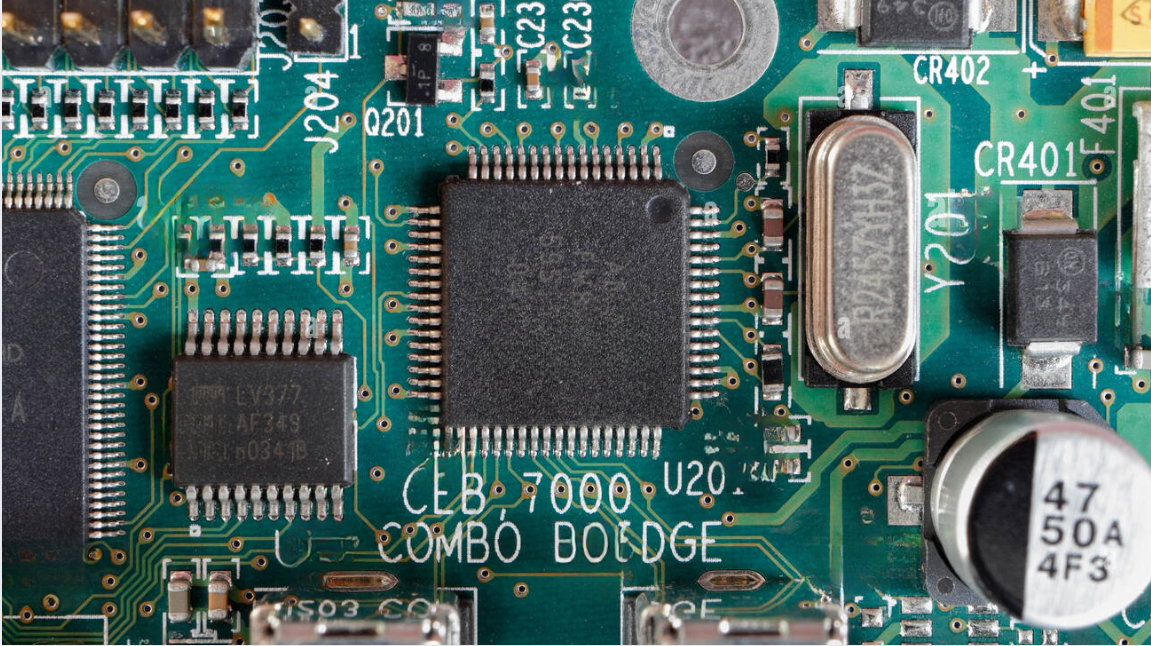
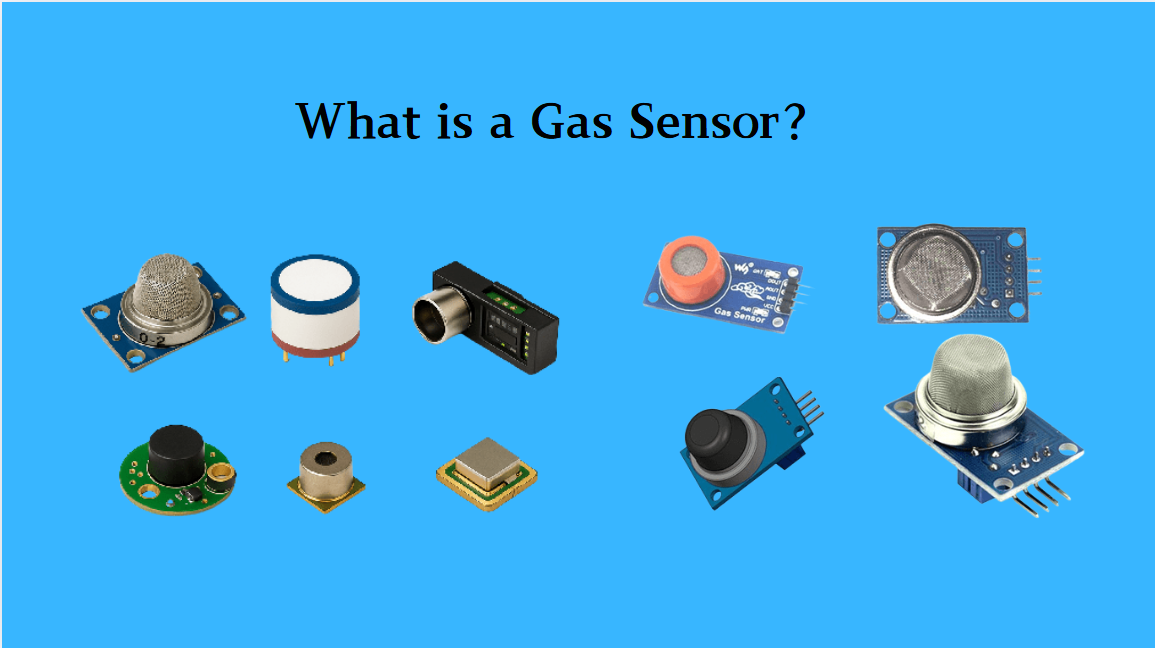
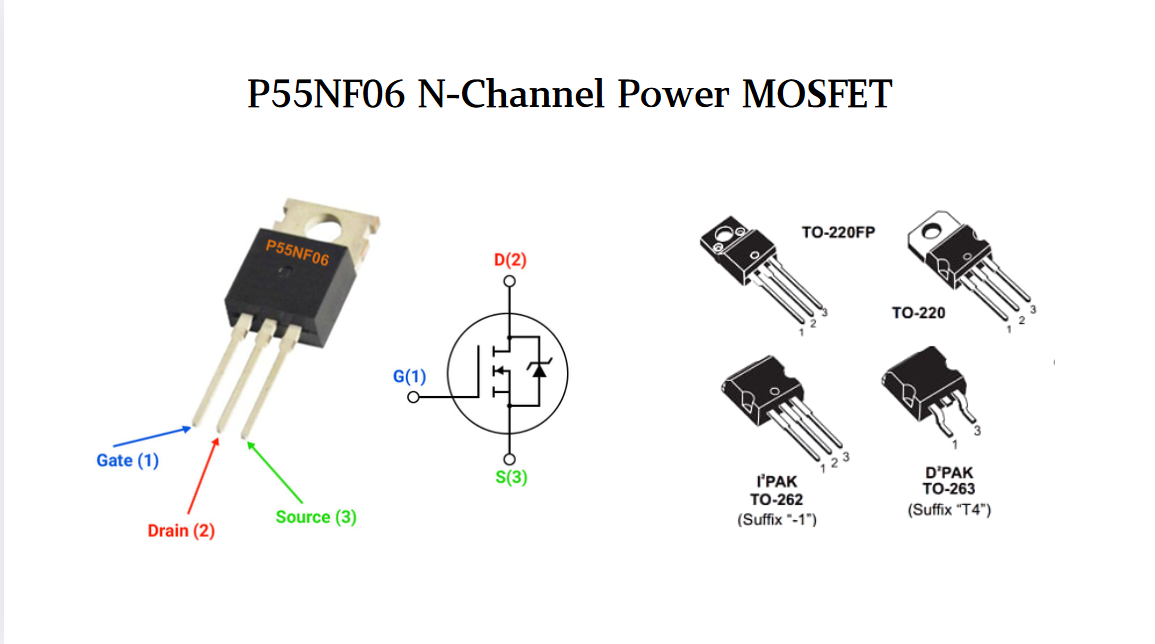
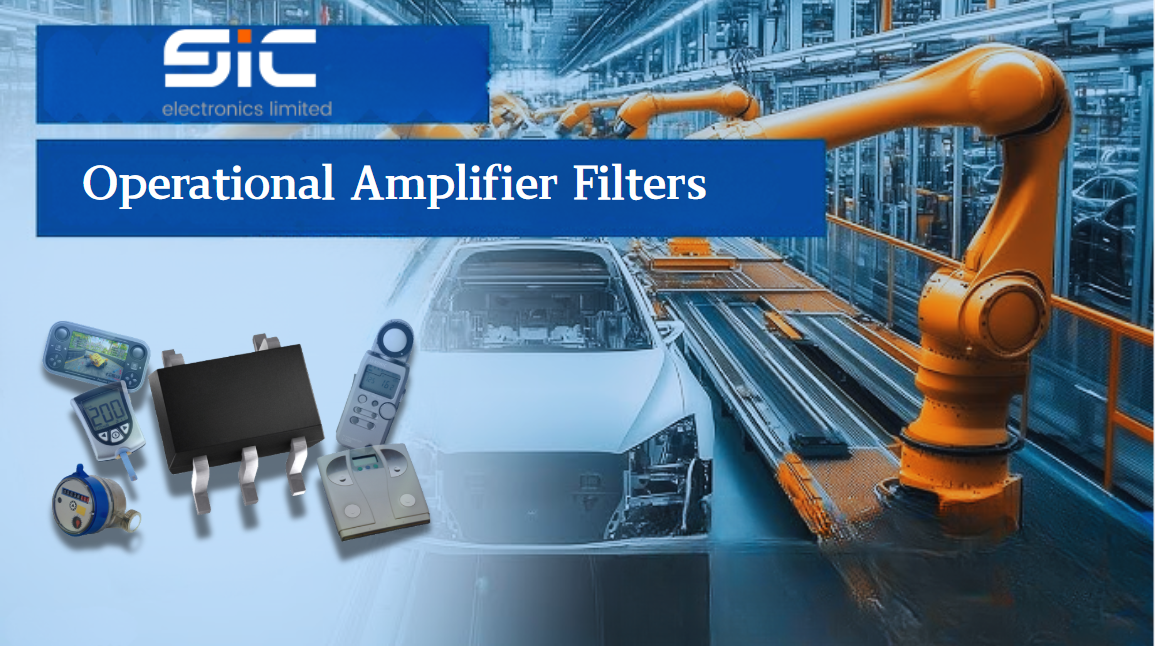

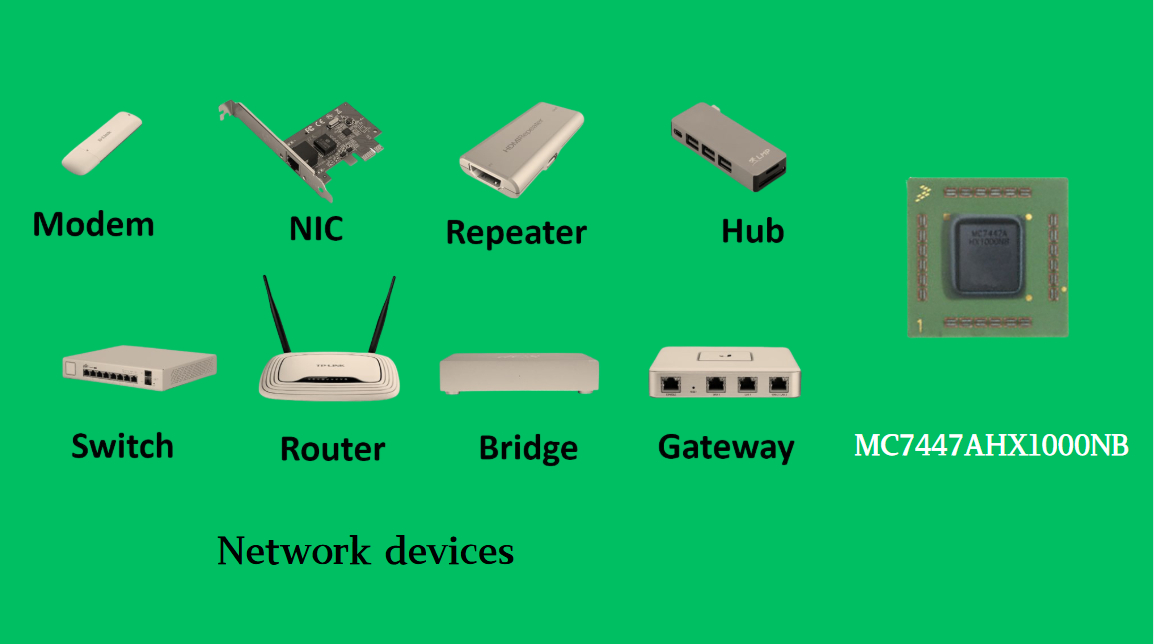

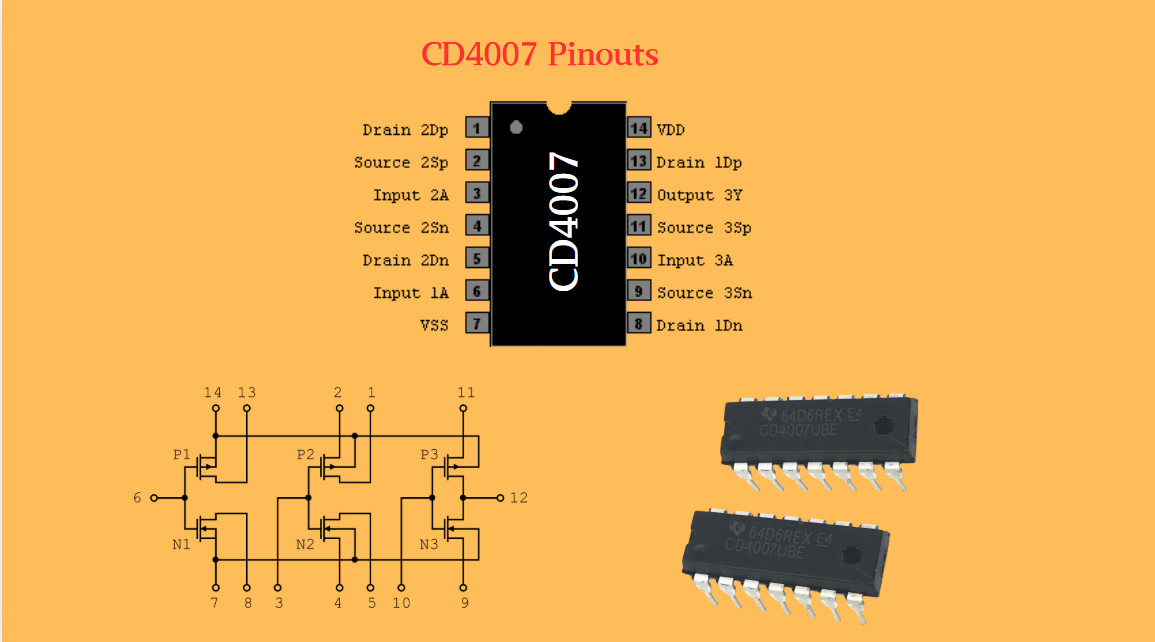
 Wishlist (0 Items)
Wishlist (0 Items)